Code Green Solutions


Last month, I celebrated a decade leading the Green Building Council of Australia. Nothing tells the story of the evolution of our industry better than the buildings we’ve constructed over that time, and reflecting on the 1,050 Green Star projects we’ve certified, a few stand out for leaving an impact on me and the industry.
8 Brindabella Circuit, Canberra
I was wowed when I walked into Australia’s first Green Star building. 8 Brindabella Circuit pushed the boundaries with features like recycled concrete and low VOCs that are the norm today. But it opened my eyes to the opportunities for more sustainable buildings – and it enthralled me that Stephen Byron and his team at the Canberra Airport were willing to take a risk. I was still working with the Property Council when I attended that launch, and it sparked a decade-long passion in me that continues to burn brightly today.
RAAF Richmond, Sydney
The first Green Star certificate presentation I attended as CEO was for RAAF Richmond, which achieved both Design, As Built and Interiors ratings in 2006. It was a real thrill for many reasons, but perhaps the greatest was the Department of Defence’s very visible commitment to leadership in sustainability. The Department said it wasn’t prepared to accept anything less than 5 Star Green Star, and it worked with the industry to achieve it. I remember then Defence Minister Brendan Nelson was as excited by the building as I was, and said at the time that the $13 million price tag was money well spent when considering the lifetime running costs. It was also the first project on which I worked with Paolo Bevilacqua, who is now recognised as one of Australia’s pre-eminent sustainability leaders.
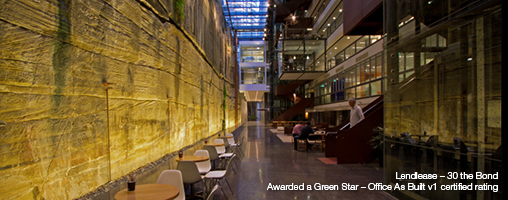
30 The Bond, Sydney
Paul Edwards and Chris Carolan – who were both with Lendlease at the time – would be forever pulling out this rendered drawing of a building they said would be the “new office”. It featured convict-carved sandstone walls and chilled beam cooling. Everyone would scoff at the plan, and say it would never be built. That building ended up being 30 The Bond – the first project to achieve 5 Star Green Star – Office As Built, and it changed the way we thought about workplaces for ever.
Orion Springfield Town Centre and Bond University’s Mirvac School of Sustainability, Queensland
Mirvac seized the sustainability agenda by achieving early ‘firsts’ with Orion Springfield Town Centre and the Mirvac School of Sustainability at Bond University both gaining 6 Star Green Star ratings under the pilot rating tools. We may yawn today when someone talks about a building as a ‘learning laboratory’ or a ‘community engagement tool’, but in 2008 it was a really radical concept. Both of these projects gave people outside the commercial sector a chance to work, learn and shop in a green building. The industry never looked back.
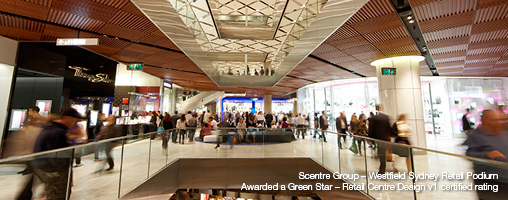
Westfield Sydney, Sydney
When Westfield opened the doors to its new iconic shopping hub in the centre of Sydney, it showed fashionistas the world over that sustainability was in style. The choice of the materials, the design of the spaces, the atmosphere and lighting all signal luxury – but weren’t achieved at the environment’s expense. Westfield’s involvement in green buildings went way back to the early days of the GBCA and the development of the pilot Green Star shopping centre rating tool.
500 Collins Street, Melbourne
This unassuming building reinvented the retrofit. The story of how this floor-by-floor renovation boosted productivity and delivered an uplift in rent potential and value remains one that I hear repeatedly when I travel. Kador Group paved the way for the industry to embrace sustainable uplift, rather than razing old buildings.
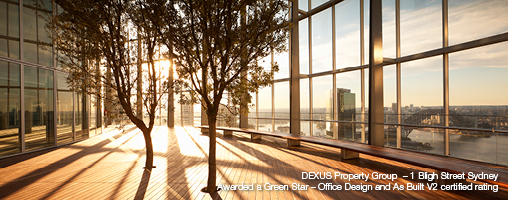
1 Bligh Street, Sydney
Built during the global financial crisis when there was barely a crane in Sydney, the design of 1 Bligh Street put paid to the naysayers who questioned whether a sustainable building could be beautiful. DEXUS, Grocon and Cbus brought together an internationally-acclaimed designer and a talented Australian team with an unwavering commitment to sustainability. The result still takes my breath away.
Pixel Building, Melbourne
Grocon dared to dream with this building, and while it may be small, it packed every square inch with sustainability bells and whistles. While not everything within Pixel may be commercially viable at a large scale, Grocon challenged us to be bold. And when Pixel sold for $1 million more than a business-as-usual building could expect, it proved why green makes gold.
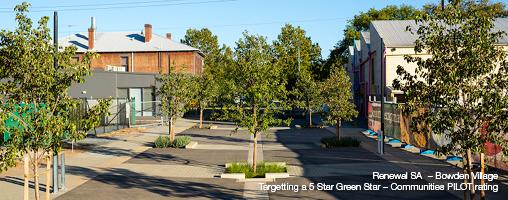
Bowden Village, Adelaide
I’m cheating here, as it’s an entire precinct of buildings, but the South Australian Government’s 5 Star Green Star mandate at Bowden is proving a spectacular success. The first 6 Star Green Star residential building, The Prince’s Terraces, is just one of the awe-inspiring projects within the precinct, which is challenging smaller developers to step into the sustainability space and create a community that will be loved for generations.
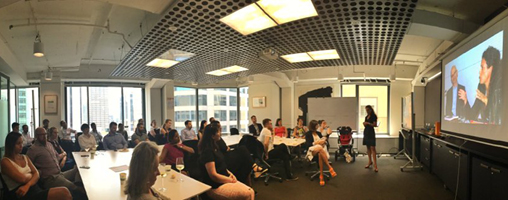
Every ground breaking, topping out or certificate ceremony has been a rewarding experience for me, and I take my hat off to the project teams behind each Green Star building.
The list of Green Star buildings is now a long one and each project means something to me. Stockland’s HQ, Stockhome, was so inspiring that we stole the entire project team for our own fitout at The GreenHouse. Commonwealth Bank’s four Green Star ratings for Design, As Built, Interiors and Performance remain a standout achievement. The City of Melbourne’s CH2 and Lendlease’s The Gauge in Melbourne serve as ongoing reminders of what leadership looks like. Brookfield Place in Perth shows the power of a landmark building to transform an entire precinct. And the revolutionary façade at Sydney’s Macquarie Bank’s 1 Shelley Street continues to knock my socks off.
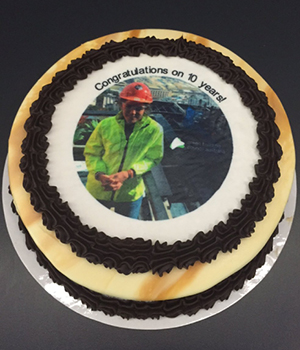 |
But, of course, it was never just about the buildings – it was about connecting people with fabulous places, creating productive work and learning spaces, boosting health and resilience, and creating community – and I am continually inspired by the work of project teams delivering communities from Alkimos Beach in Perth to Aura at Caloundra South.
It was about the journey which took us from looking at our buildings in isolation to understanding them as part of an interconnected whole. |
And it was about a ceaseless commitment to improvement. We don’t always get it right, but we keep trying until we do get it right. Along the way, we’ve learnt to communicate and collaborate, to challenge each other and to push the industry towards the best of best practice.
If you had told me, as I stood in the foyer of 8 Brindabella Circuit all those years ago, that 540,000 people would work in Green Star offices and 80,000 people would live in Green Star communities, even my optimistic nature would have been tested.
What’s possible now? That’s a story to tell over the next decade.